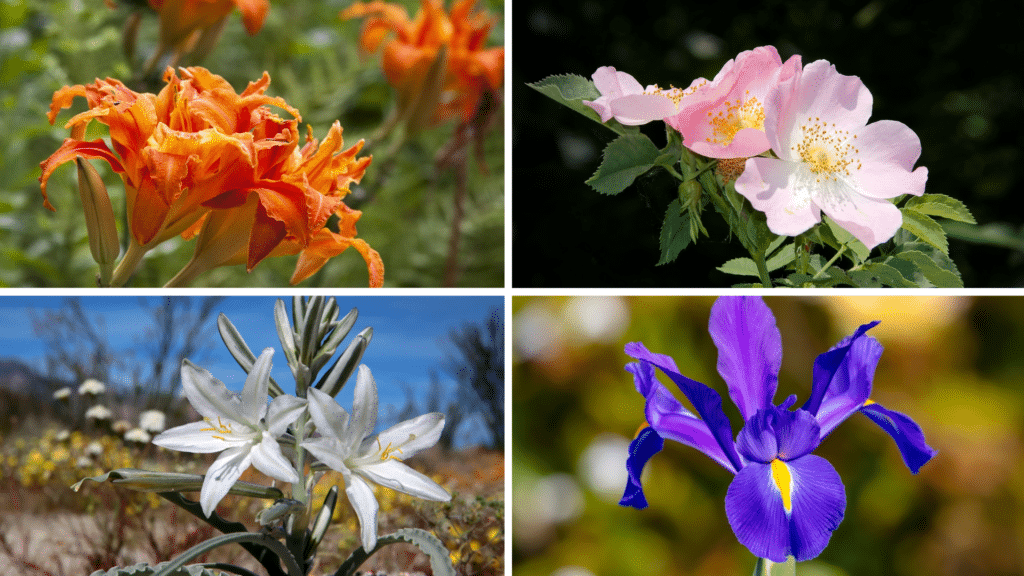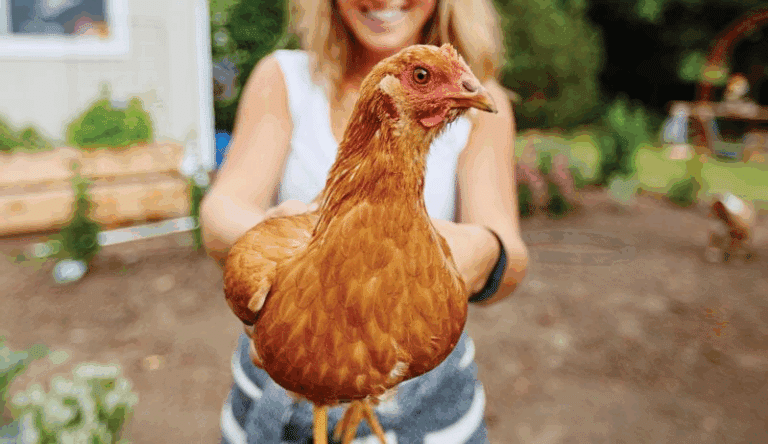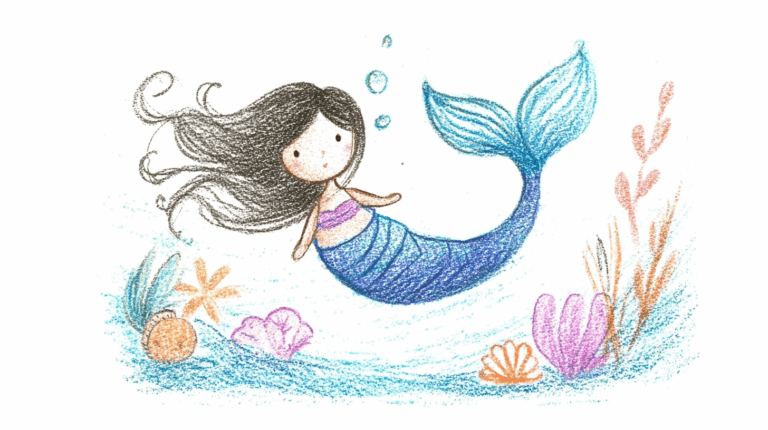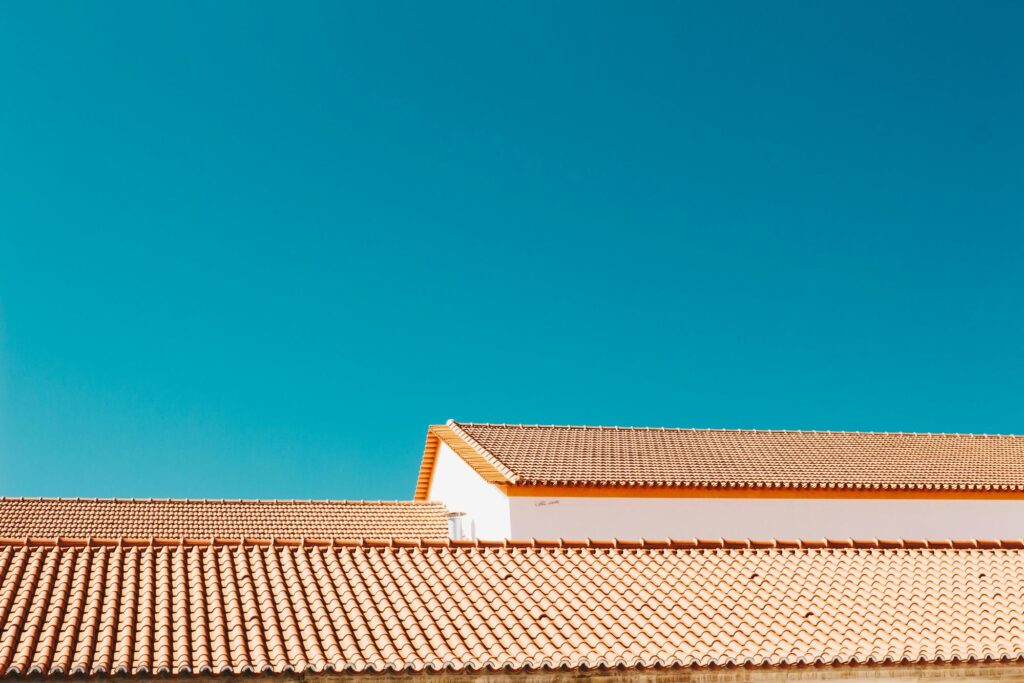Finding the right flowers to grow in your garden can be tricky. Many gardeners struggle with choosing plants that offer both beauty and variety, especially when looking for specific types. Plants that begin with D offer an amazing range of options that many people overlook.
Good news! 87 wonderful flowers start with D, from common favorites to rare beauties that can transform any garden space. These blooms come in all shapes, sizes, and colors.
This article shows you the most beautiful D-named flowers you can add to your collection. You’ll learn about their growing needs, best uses, and special traits.
From daffodils and daisies to less-known gems like drumstick primrose and desert candle, we’ve got you covered. By the end of this guide, you’ll have plenty of ideas for your next planting project
Beautiful Flowers Beginning with D
These flowers that start with D showcase nature’s diversity with their unique forms, colors, and growing habits. Check the out:
1. Daffodil
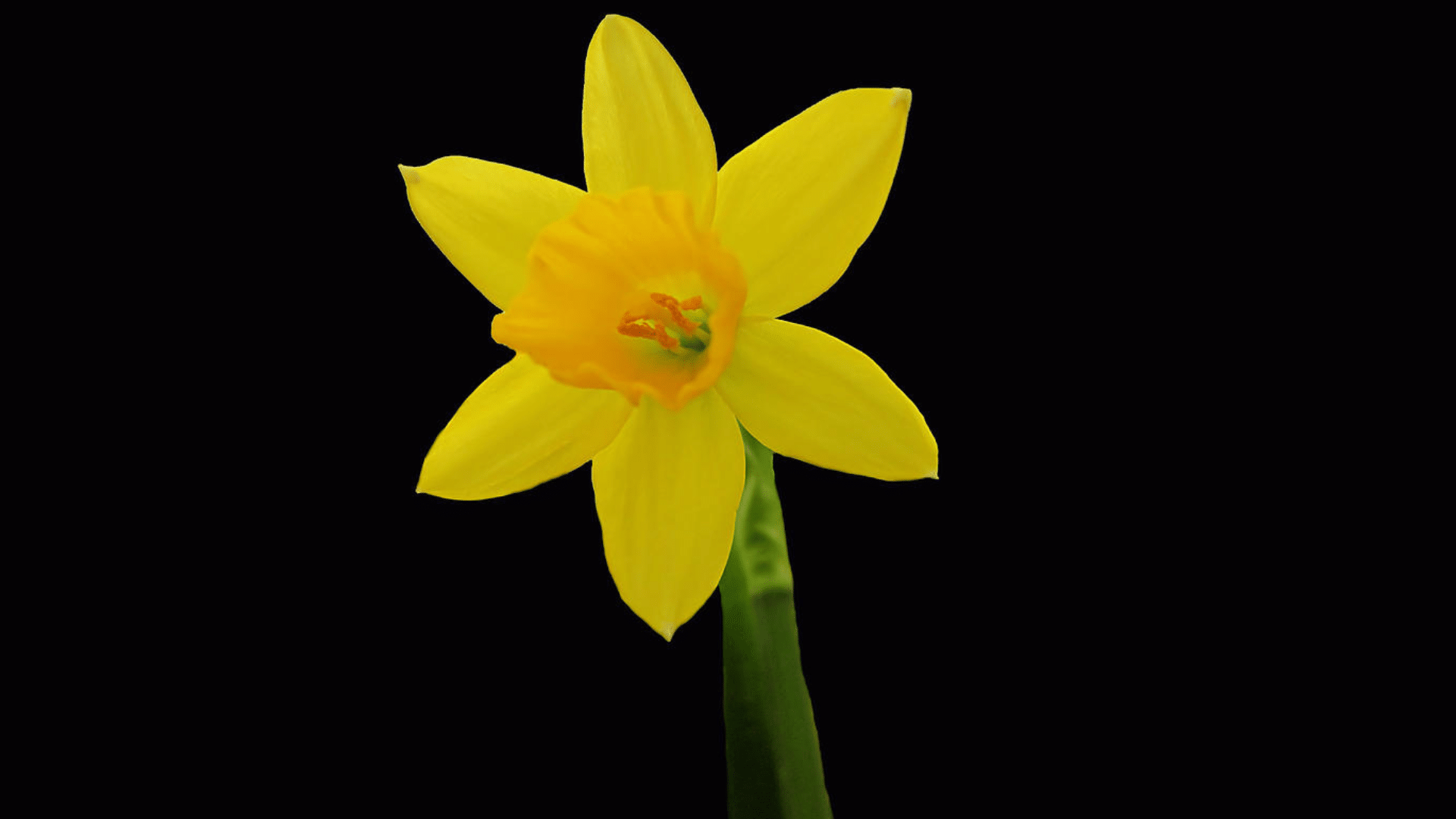
Daffodils are cheerful, trumpet-shaped flowers that bloom in early spring, symbolizing renewal and hope. Their bright yellow or white petals make them a garden favorite.
| Attributes | Flower Details |
|---|---|
| Scientific Name | Narcissus pseudonarcissus |
| Commonly Found Region | Europe, North America |
| Blooming Period | Late winter to early spring |
| Symbolism | New beginnings, hope, rebirth |
| Benefits | Natural pest repellent, air purification |
How to Plant Daffodils:
- Choose well-drained soil with full or partial sunlight
- Plant bulbs in autumn, 2–4 inches deep
- Water lightly after planting
- Avoid overwatering once established
Fun Fact: Daffodils are toxic to squirrels and deer, making them a natural way to protect other plants!
2. Dahlia
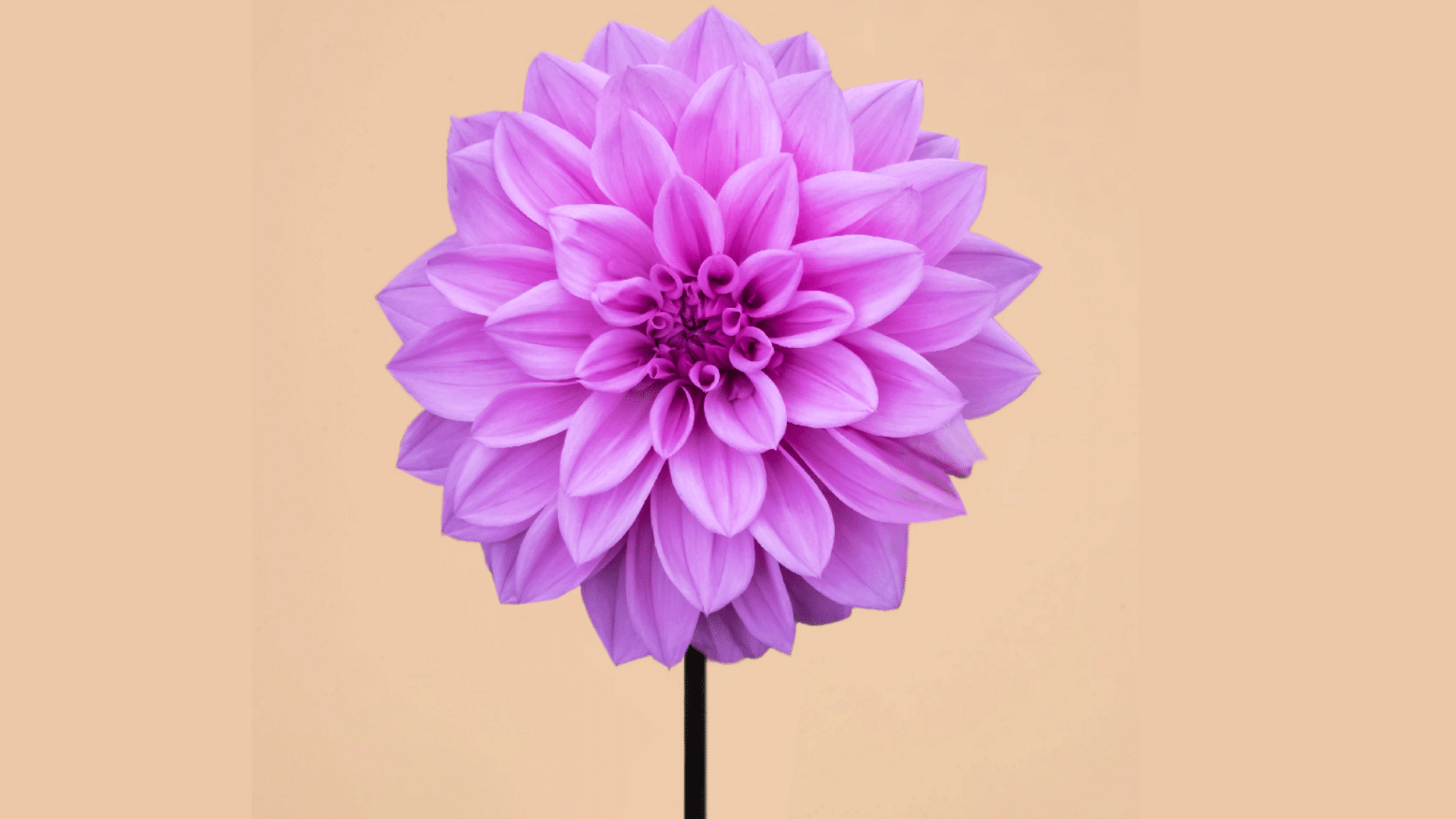
Dahlias offer vibrant, intricate blooms in a wide range of colors and sizes. Native to Mexico, they add dramatic flair to any garden.
| Attributes | Flower Details |
|---|---|
| Scientific Name | Dahlia pinnata |
| Commonly Found Region | Central America, Europe, U.S. gardens |
| Blooming Period | Mid-summer to early fall |
| Symbolism | Elegance, inner strength, creativity |
| Benefits | Attracts pollinators, ornamental value |
How to Plant Dahlia:
- Plant tubers in spring after frost has passed
- Choose rich, well-draining soil with full sun
- Space 12–18 inches apart for airflow
- Water consistently but avoid soggy soil
Fun Fact: Aztecs used dahlia tubers for both food and medicine!
3. Daisy
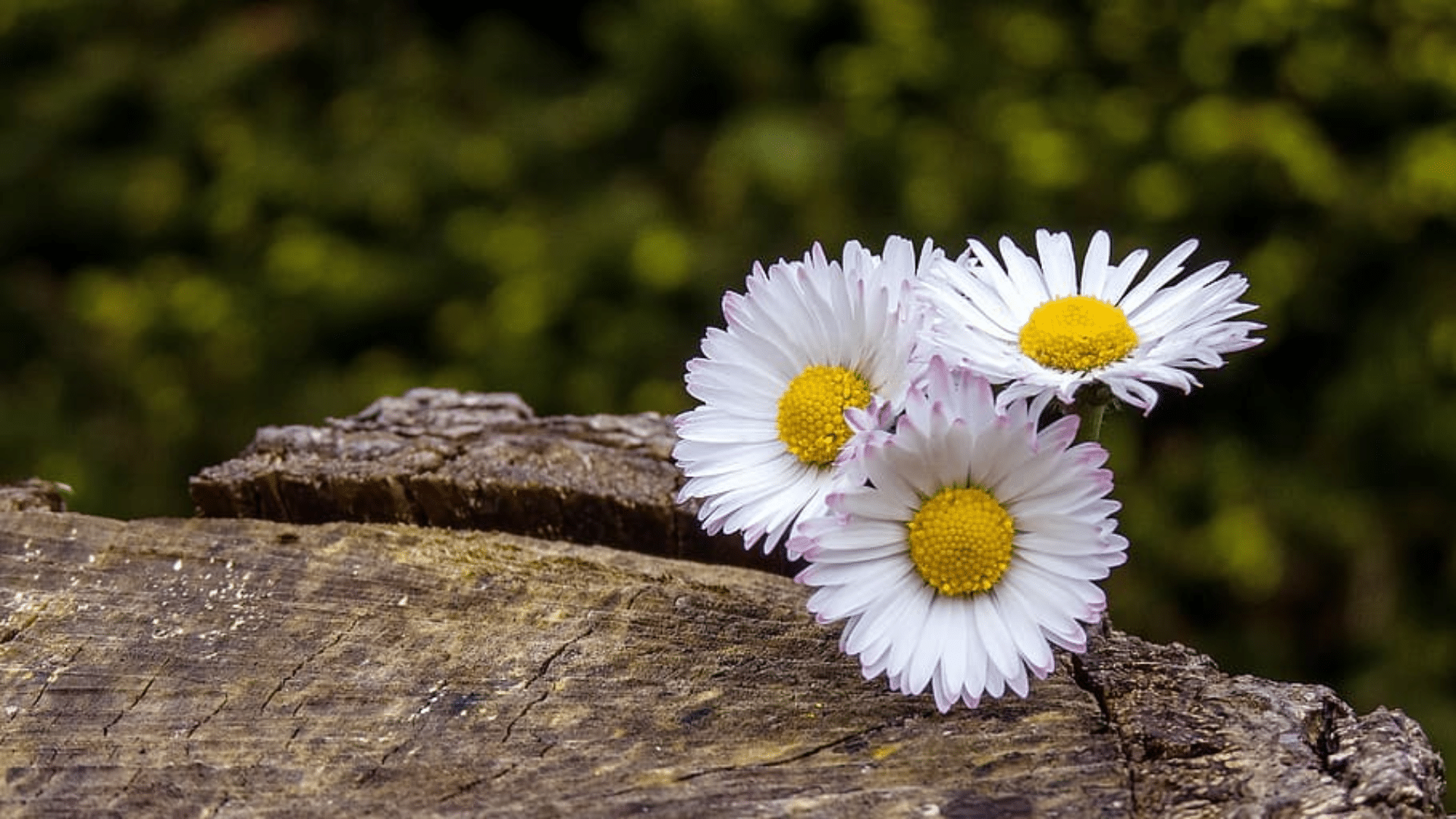
Daisies are simple, white-petaled flowers with a sunny yellow center, representing innocence and joy. They’re hardy and bloom generously.
| Attributes | Flower Details |
|---|---|
| Scientific Name | Bellis perennis |
| Commonly Found Region | Europe, North America, Asia |
| Blooming Period | Spring to early fall |
| Symbolism | Purity, innocence, true love |
| Benefits | Edible leaves, medicinal skin treatment |
How to Plant Daisy:
- Sow seeds in early spring or fall
- Choose a sunny location with fertile soil
- Thin seedlings to avoid overcrowding
- Deadhead to encourage more blooms
Fun Fact: The name “daisy” comes from “day’s eye” because it closes at night and opens at dawn!
4. Dandelion
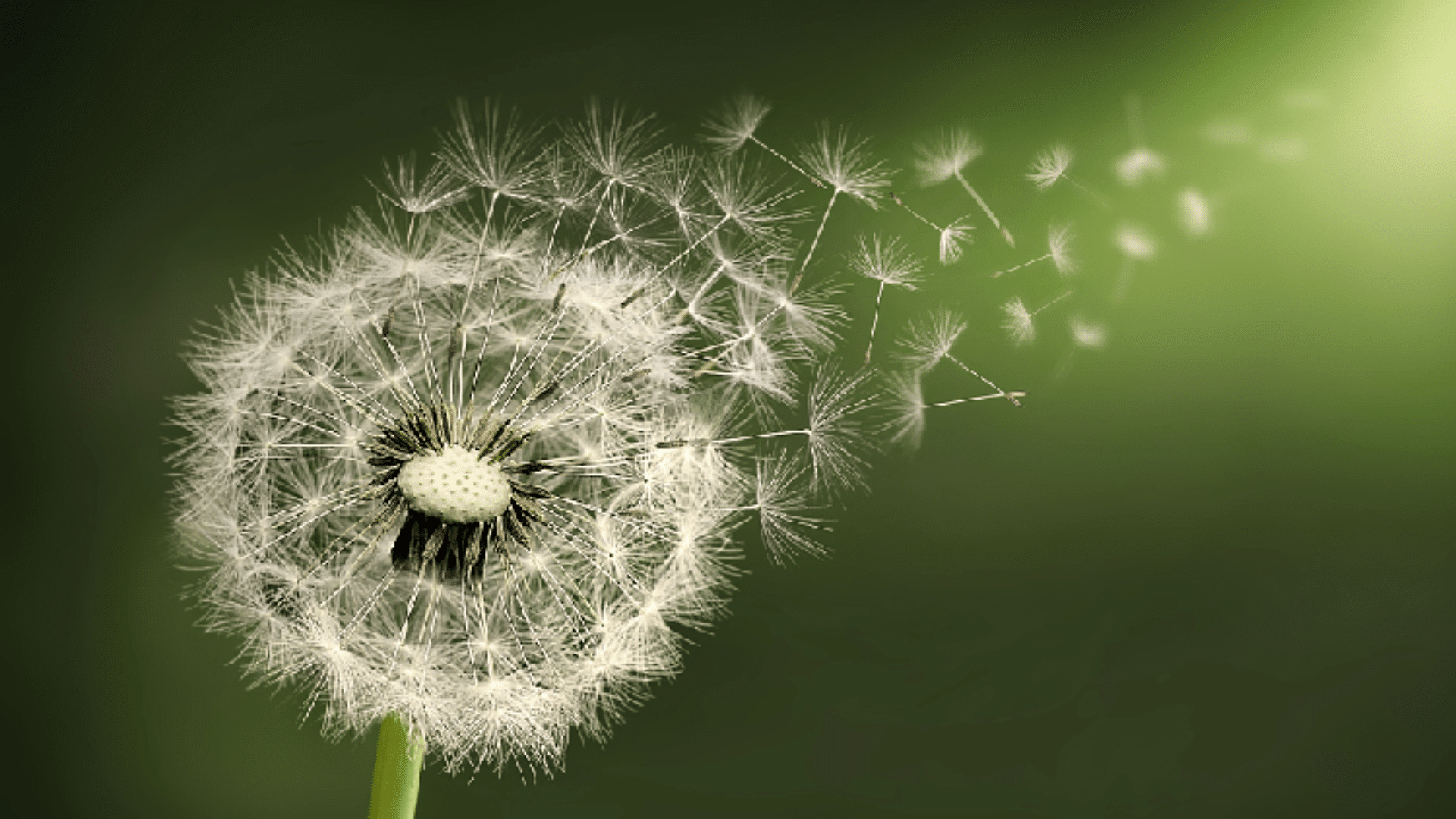
Often seen as a weed, dandelions are actually edible and full of nutrients. Their bright yellow heads turn into fluffy seed puffs.
| Attributes | Flower Details |
|---|---|
| Scientific Name | Taraxacum officinale |
| Commonly Found Region | Worldwide |
| Blooming Period | Spring through fall |
| Symbolism | Healing, survival, emotional clarity |
| Benefits | Digestive aid, anti-inflammatory, edible |
How to Plant Dandelion:
- Scatter seeds over loose, fertile soil
- Lightly cover and water gently
- Allow full sun exposure
- Thin out if too crowded
Fun Fact: Every part of a dandelion is edible from root to flower!
5. Dame’s Rocket
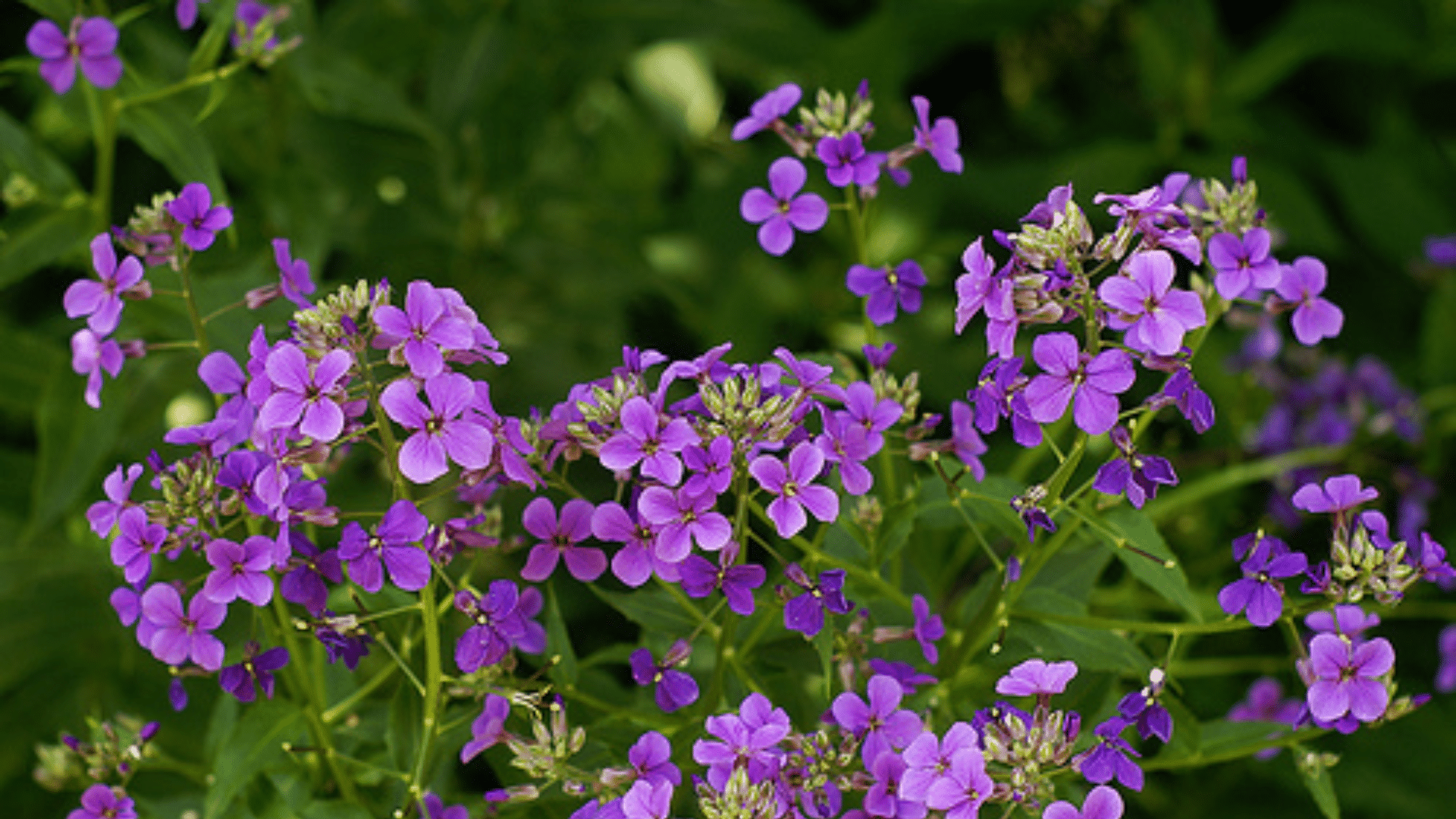
Dame’s Rocket features fragrant four-petaled flowers in shades of purple, white, or pink. It’s often found in wildflower mixes.
| Attributes | Flower Details |
|---|---|
| Scientific Name | Hesperis matronalis |
| Commonly Found Region | Europe, U.S. woodlands and roadsides |
| Blooming Period | Late spring to early summer |
| Symbolism | Beauty, lasting love, resilience |
| Benefits | Attracts butterflies, ground cover plant |
How to Plant Dame’s Rocket:
- Sow seeds directly in late summer or fall
- Prefers partial shade to full sun
- Requires moist, well-drained soil
- Thin seedlings in spring
Fun Fact: Though lovely, Dame’s Rocket is sometimes considered invasive due to rapid spreading!
6. Daylily
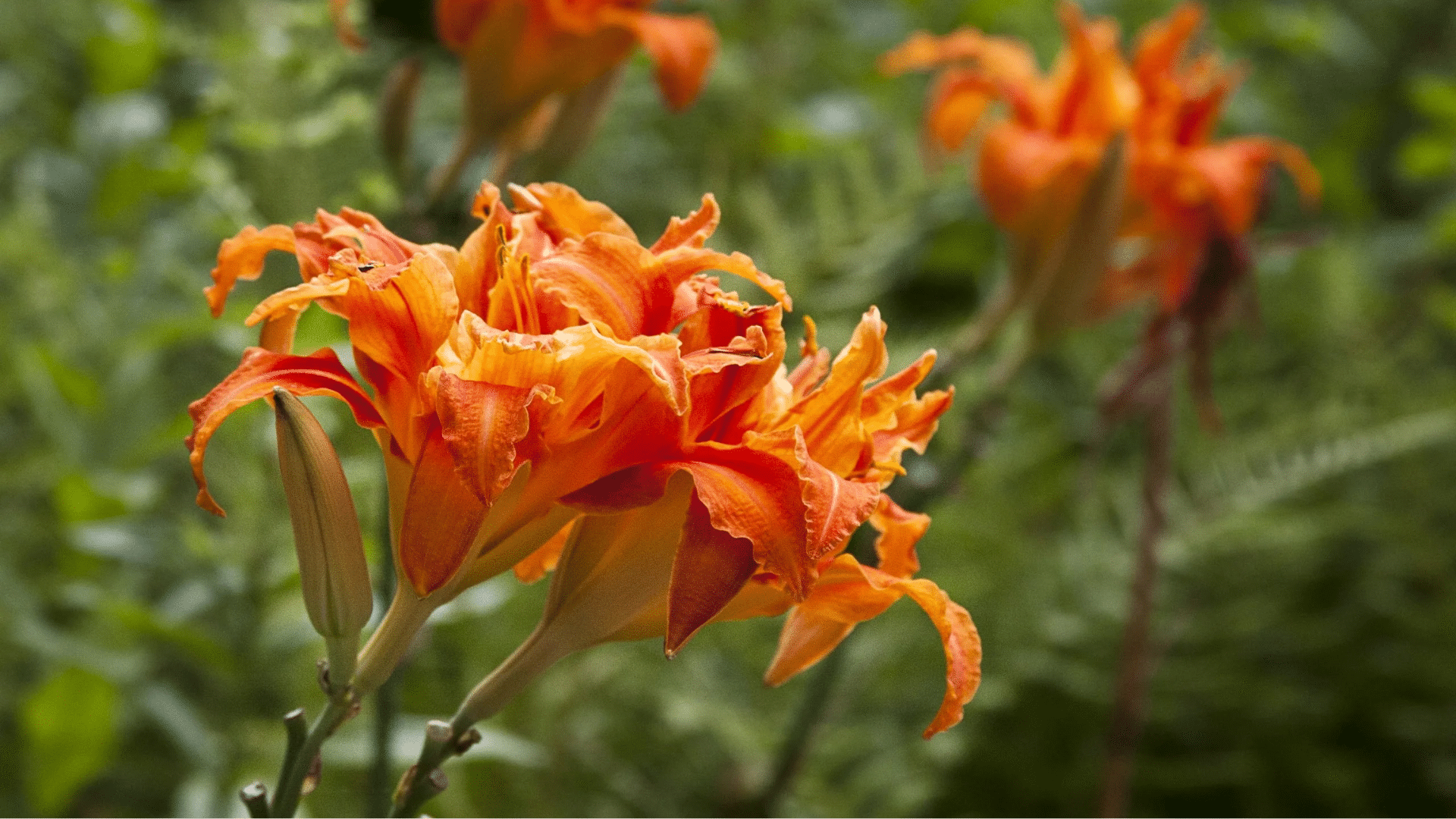
Daylilies are vibrant, low-maintenance perennials with blooms that last just one day but appear continuously throughout the season. They come in a wide array of colors and thrive in various conditions.
| Attributes | Flower Details |
|---|---|
| Scientific Name | Hemerocallis spp. |
| Commonly Found Region | Asia, North America, Europe |
| Blooming Period | Late spring to late summer |
| Symbolism | Motherhood, devotion, renewal |
| Benefits | Erosion control, edible blossoms |
How to Plant Daylily:
- Plant in spring or fall in full sun
- Use well-draining, fertile soil
- Space plants 18–24 inches apart
- Water regularly until established
Fun Fact: Despite each flower blooming for only one day, a mature daylily can produce 200–400 blooms in a season!
7. Desert Marigold
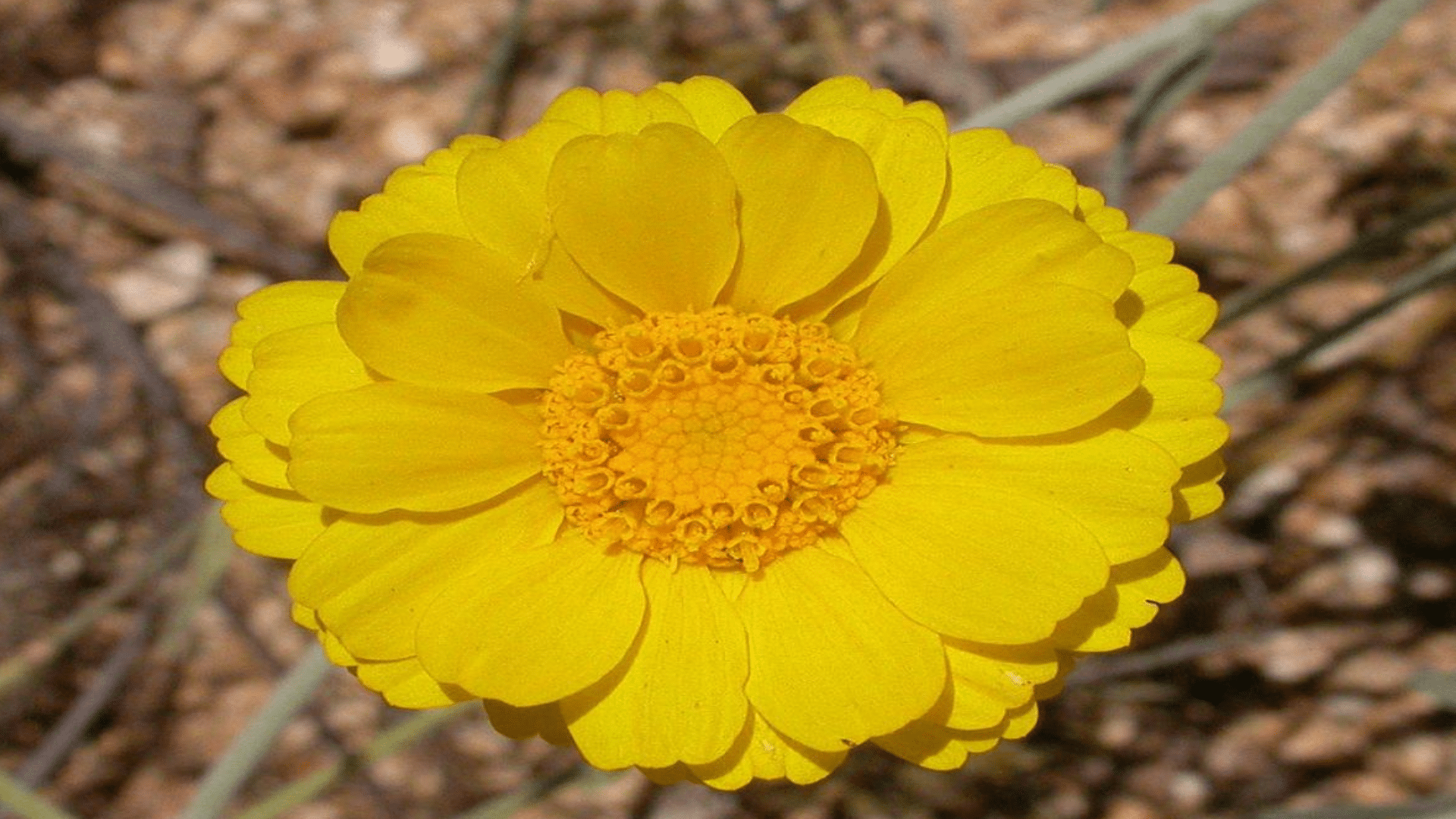
Desert Marigolds are drought-tolerant wildflowers with bright yellow blooms that thrive in arid environments. They’re ideal for xeriscaping and pollinator gardens.
| Attributes | Flower Details |
|---|---|
| Scientific Name | Baileya multiradiata |
| Commonly Found Region | Southwestern United States, Mexico |
| Blooming Period | Spring to early fall |
| Symbolism | Tenacity, desert beauty, brightness |
| Benefits | Attracts pollinators, erosion control |
How to Plant Desert Marigold:
- Sow seeds directly in well-drained soil
- Choose a full sun location
- Water lightly during germination, then sparingly
- Avoid fertilizing, thrives in poor soils
Fun Fact: The fuzzy leaves of Desert Marigold help reduce water loss in scorching heat!
8. Dutch Iris
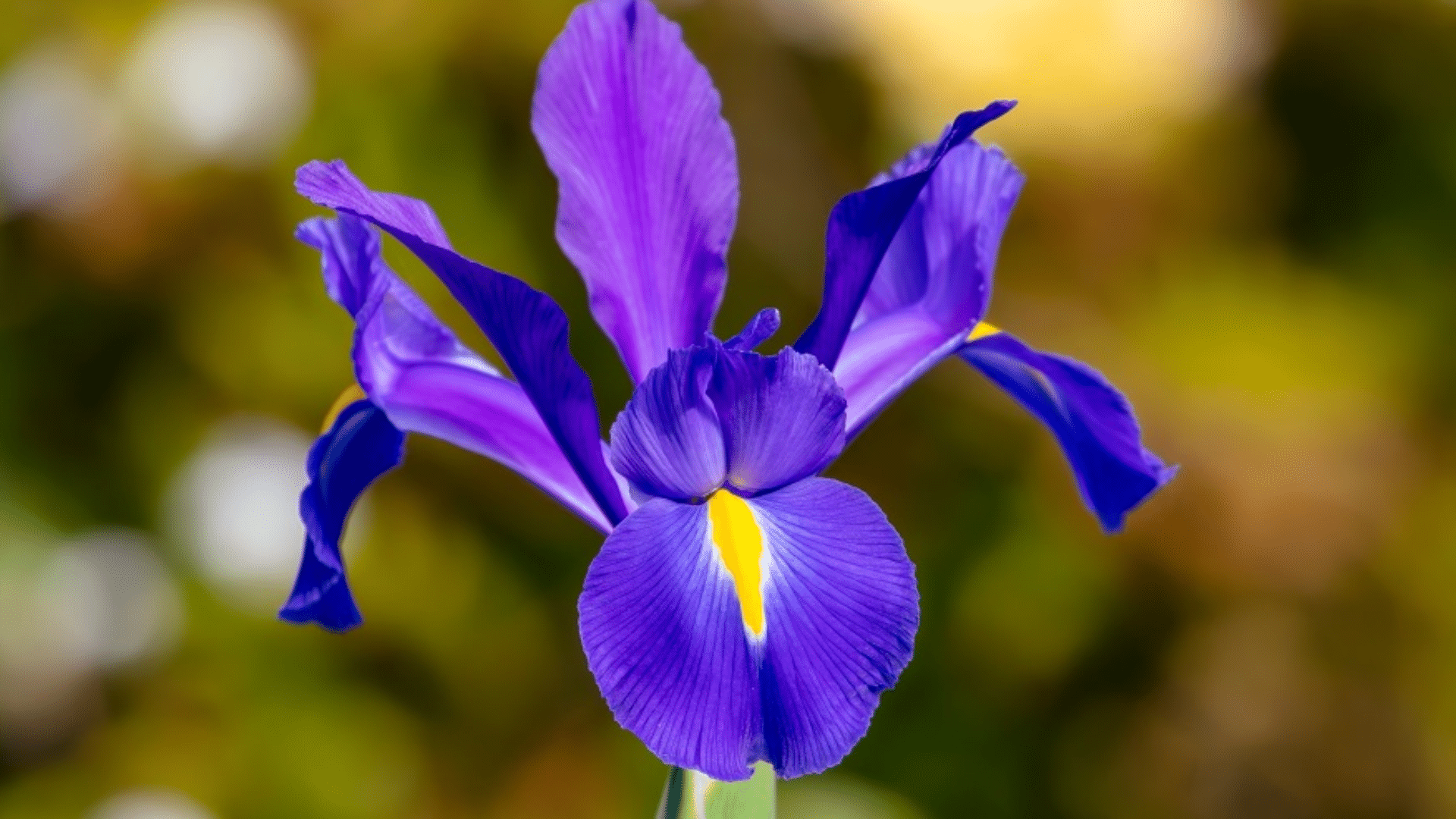
Dutch Irises produce beautiful, sword-like leaves and delicate blooms in shades of blue, purple, and white. They make excellent cut flowers.
| Attributes | Flower Details |
|---|---|
| Scientific Name | Iris × hollandica |
| Commonly Found Region | Mediterranean, U.S. gardens |
| Blooming Period | Late spring to early summer |
| Symbolism | Faith, wisdom, eloquence |
| Benefits | Ornamental use, attracts bees and birds |
How to Plant Dutch Iris:
- Plant bulbs in fall, 4 inches deep
- Choose sunny spots with good drainage
- Water moderately; avoid soggy soil
- Allow foliage to die back naturally
Fun Fact: Dutch Irises are hybrids developed by a Dutch bulb grower in the 19th century!
9. Delphinium
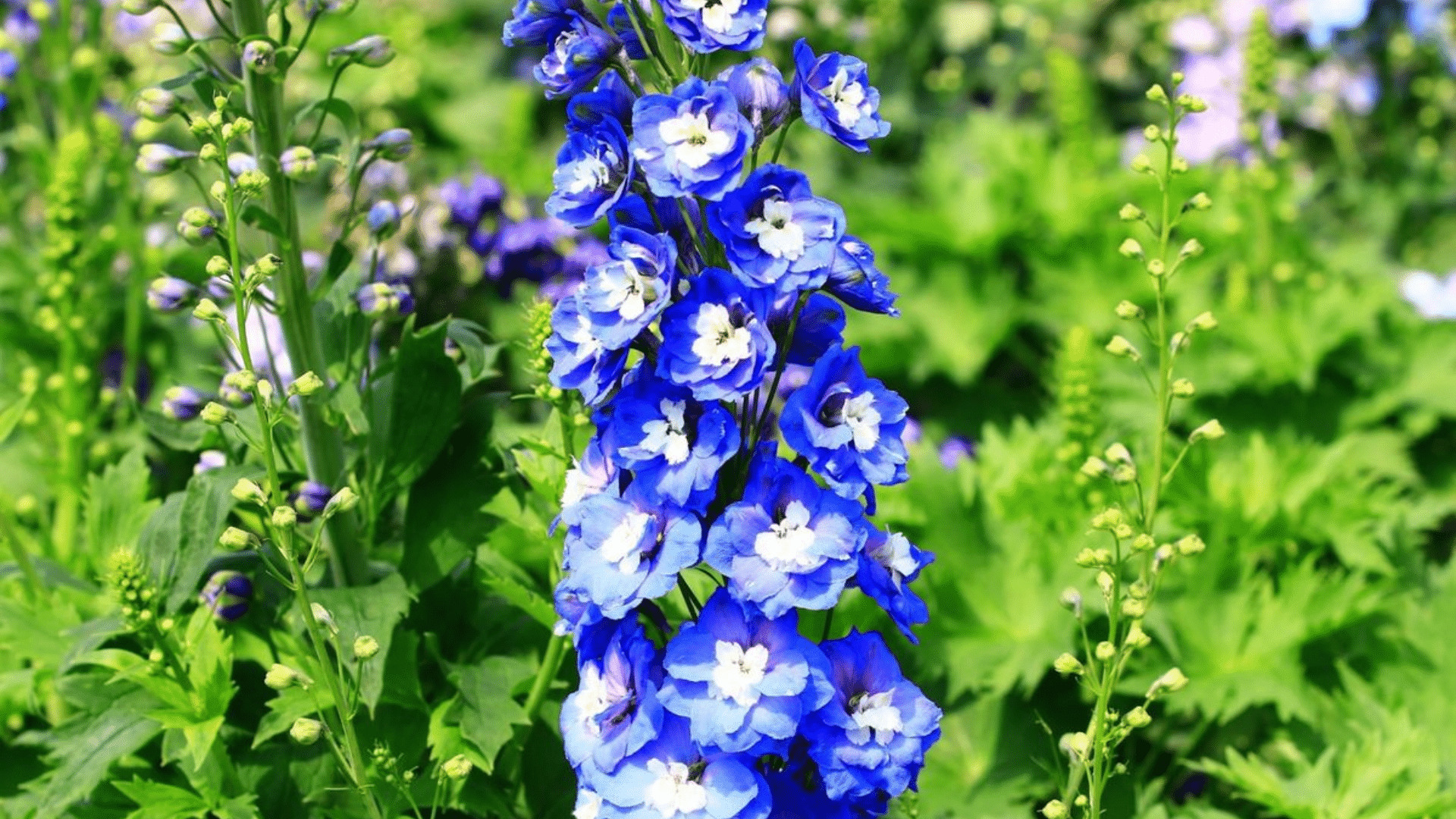
Delphiniums are towering flowers known for their vivid blue and purple spires. They bring dramatic vertical interest to cottage and cutting gardens.
| Attributes | Flower Details |
|---|---|
| Scientific Name | Delphinium elatum |
| Commonly Found Region | Europe, North America |
| Blooming Period | Early to mid-summer |
| Symbolism | Openness, positivity, protection |
| Benefits | Pollinator attractor, ornamental appeal |
How to Plant Delphinium:
- Plant in rich, well-draining soil
- Choose a sunny area with shelter from wind
- Stake tall varieties for support
- Water regularly and deadhead spent blooms
Fun Fact: The name “Delphinium” comes from the Greek word for dolphin, due to the flower’s shape!
10. Drumstick Allium
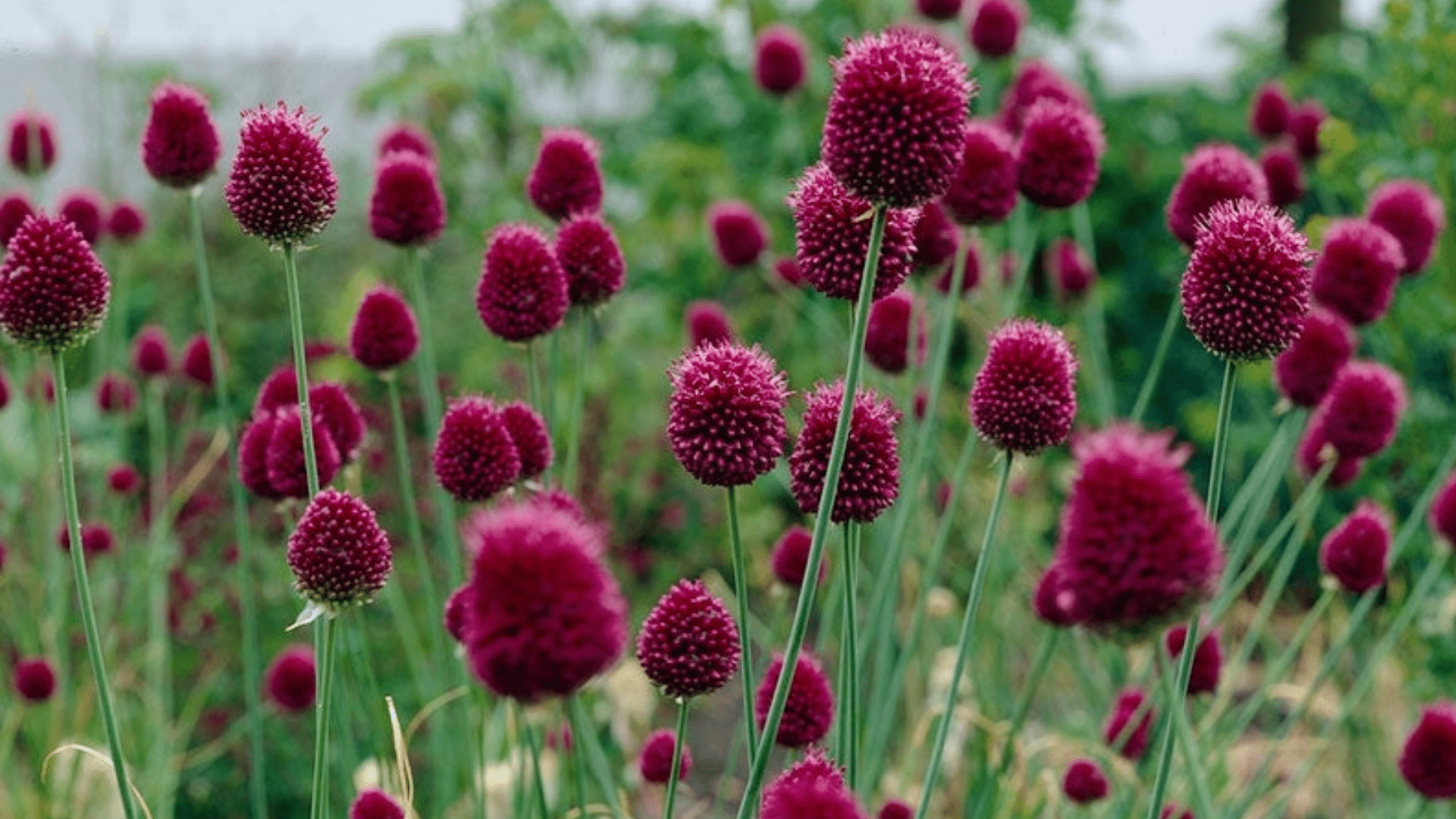
Drumstick Allium features globe-shaped clusters of burgundy-purple flowers atop slender stems. These ornamental onions are hardy and deer-resistant.
| Attributes | Flower Details |
|---|---|
| Scientific Name | Allium sphaerocephalon |
| Commonly Found Region | Europe, Middle East |
| Blooming Period | Mid to late summer |
| Symbolism | Unity, elegance, endurance |
| Benefits | Deer resistant, attracts pollinators |
How to Plant Drumstick Allium:
- Plant bulbs in fall, 2–3 inches deep
- Full sun and well-drained soil preferred
- Space 4–6 inches apart
- Avoid wet conditions during dormancy
Fun Fact: Though part of the onion family, Drumstick Allium’s flowers are sweetly ornamental and not pungent!
11. Desert Rose
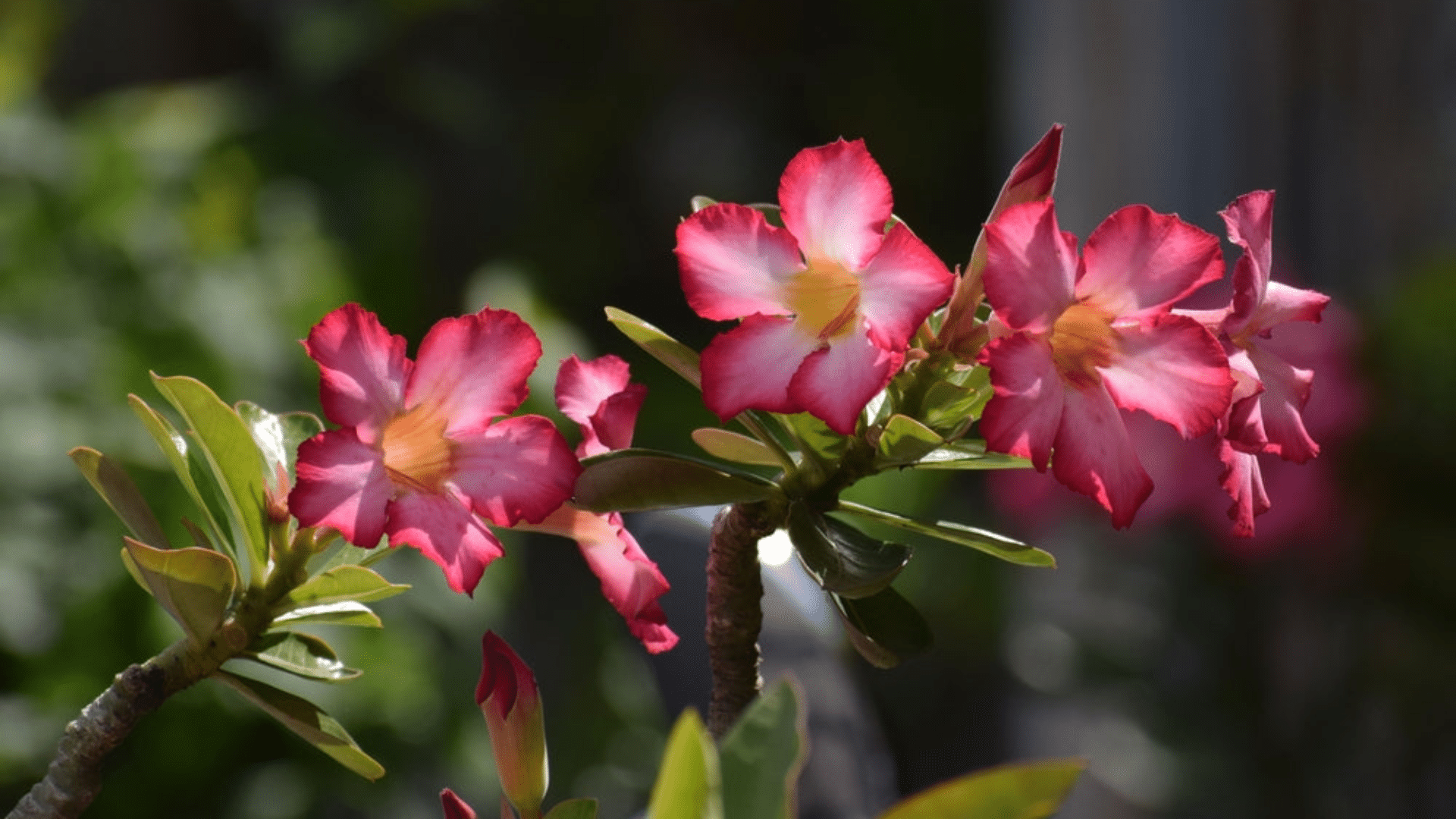
Desert Rose is a striking succulent shrub with thick stems and vibrant pink or red trumpet-shaped flowers. It thrives in hot climates and is prized for its unique, sculptural form.
Table:
| Attributes | Flower Details |
|---|---|
| Scientific Name | Adenium obesum |
| Commonly Found Region | East Africa, Arabian Peninsula |
| Blooming Period | Late spring to summer |
| Symbolism | Resilience, strength, passion |
| Benefits | Drought tolerance, ornamental bonsai use |
How to Plant a Desert Rose:
- Use well-draining cactus soil mix
- Choose full sun and warm conditions
- Water sparingly; allow soil to dry between
- Protect from frost and overwatering
Fun Fact: Despite its beauty, the sap of Desert Rose is toxic and was traditionally used in African hunting poisons!
12. Daphne
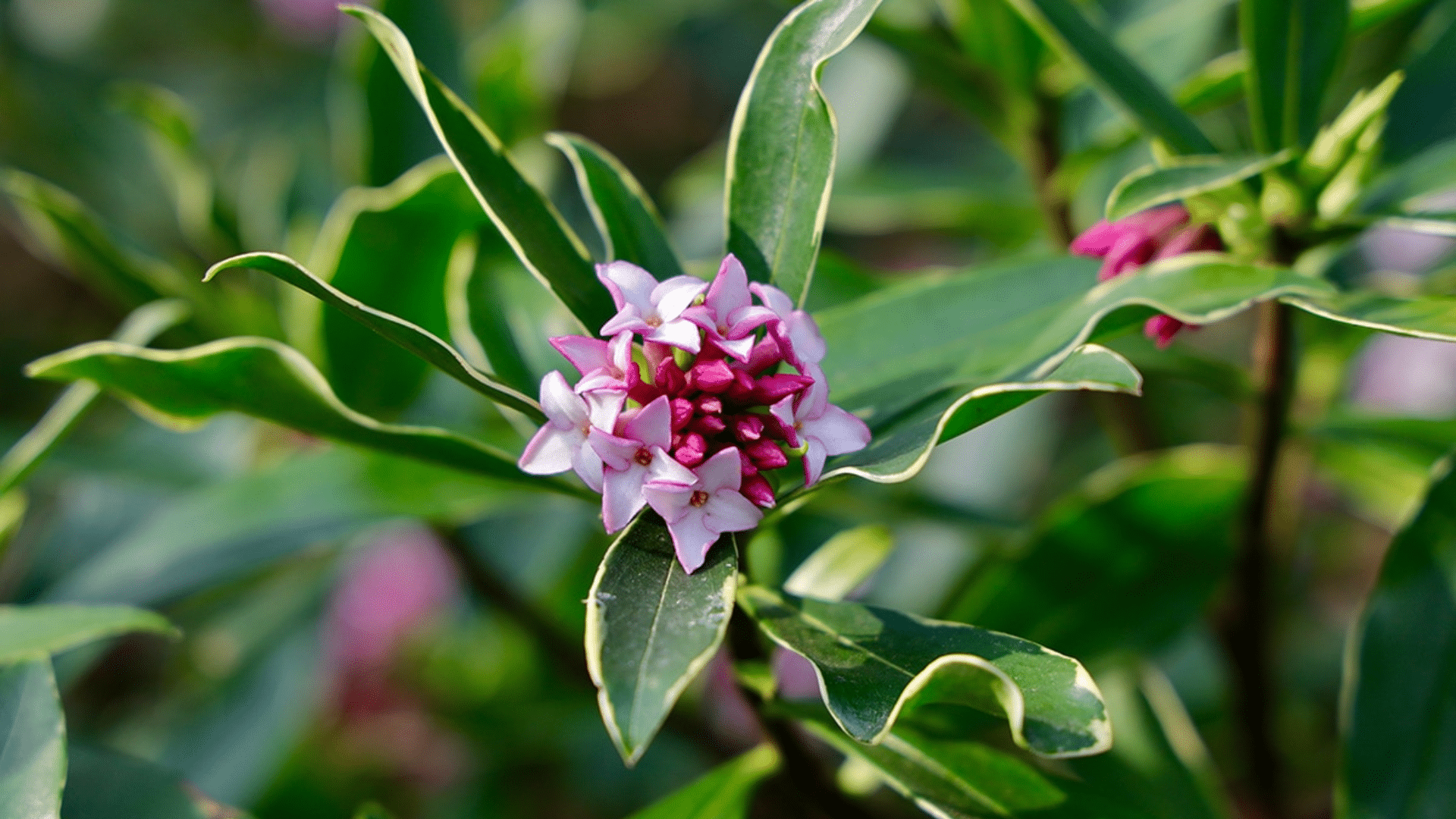
Daphne is a fragrant evergreen or semi-evergreen shrub with dainty pink, white, or purple blooms. Its sweet scent makes it popular in sensory gardens.
| Attributes | Flower Details |
|---|---|
| Scientific Name | Daphne odora |
| Commonly Found Region | Asia, Europe |
| Blooming Period | Late winter to early spring |
| Symbolism | Sweetness, charm, immortality |
| Benefits | Fragrance, winter garden interest |
How to Plant Daphne:
- Plant in partial shade with good airflow
- Use rich, slightly acidic soil
- Avoid disturbing roots once planted
- Water moderately and ensure good drainage
Fun Fact: The plant is named after Daphne, a nymph in Greek mythology who was transformed into a laurel tree!
13. Dutchman’s Breeches
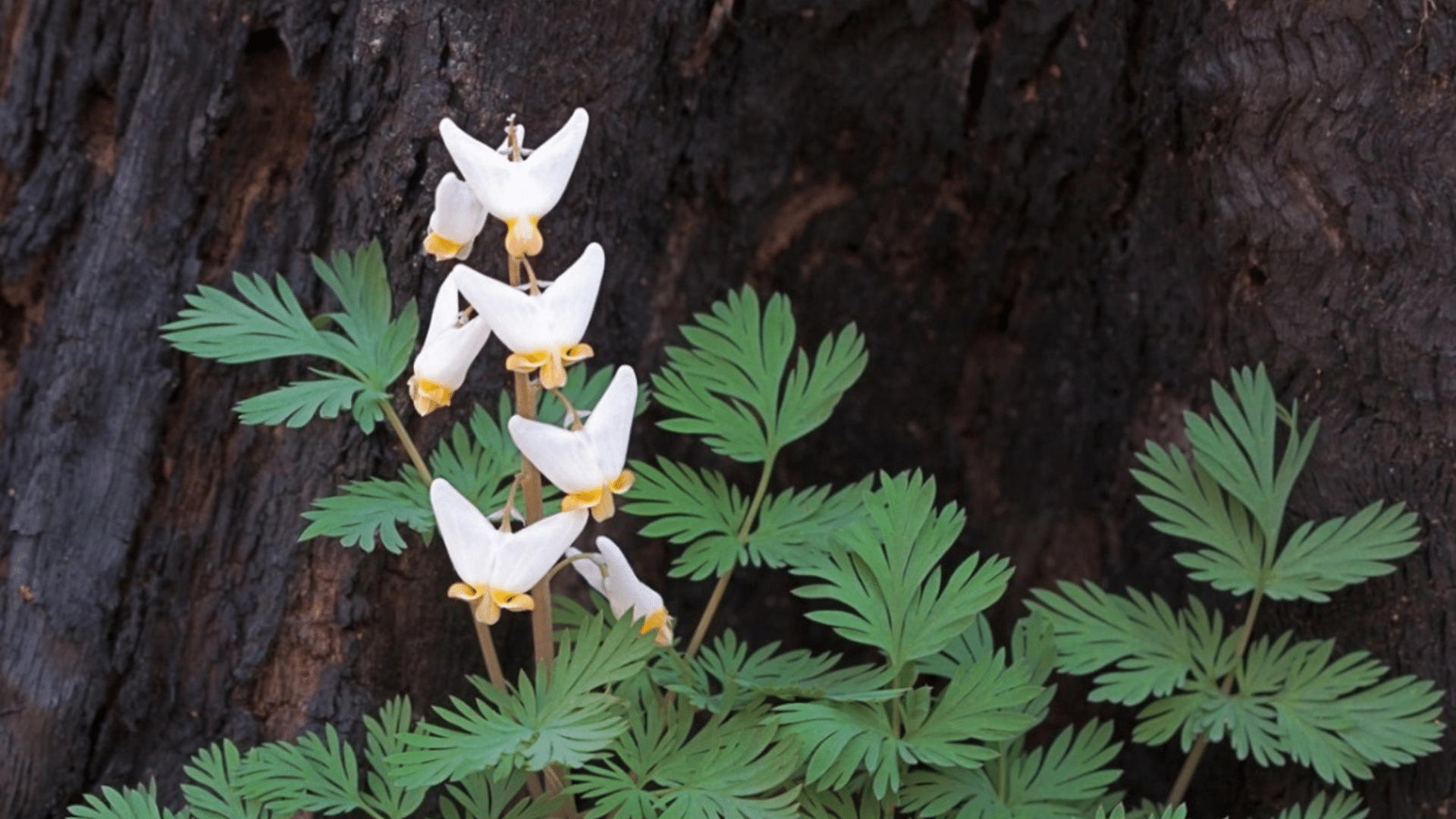
Named for its unique shape resembling upside-down pants, Dutchman’s Breeches are dainty wildflowers starting with D, with white blooms and fern-like foliage.
| Attributes | Flower Details |
|---|---|
| Scientific Name | Dicentra cucullaria |
| Commonly Found Region | Eastern North America |
| Blooming Period | Early to mid-spring |
| Symbolism | Delicacy, hidden beauty, mystery |
| Benefits | Native plant, early food source for bees |
How to Plant Dutchman’s Breeches:
- Plant in shady, woodland-like areas
- Use moist, well-draining soil rich in humus
- Allow natural spreading via rhizomes
- Minimal maintenance once established
Fun Fact: Dutchman’s Breeches have a special relationship with ants, which help disperse their seeds!
14. Desert Bluebell
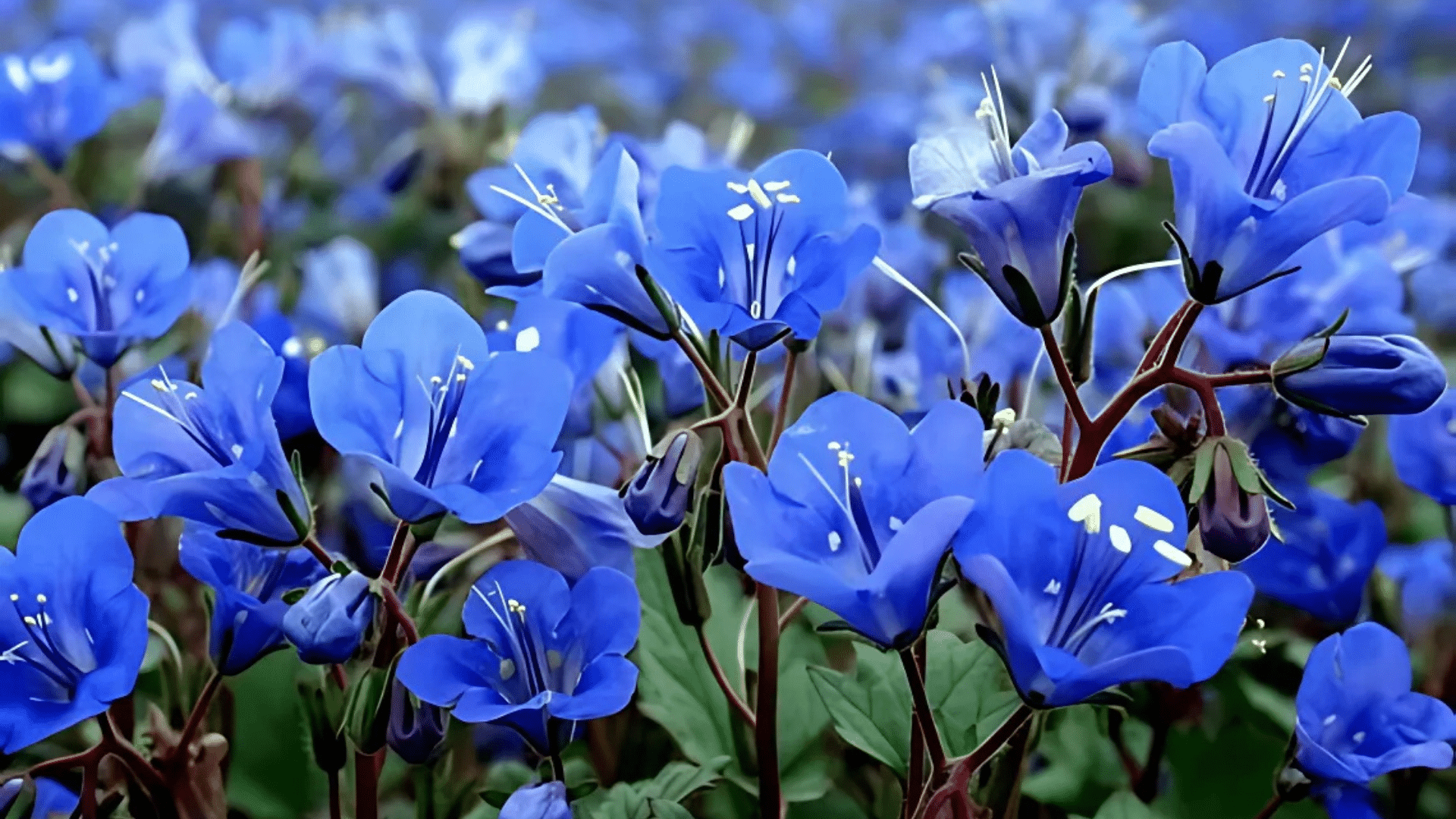
Desert Bluebell is a small but vibrant flower with intense blue, bell-shaped blooms, found flourishing in arid regions after rainfall.
| Attributes | Flower Details |
|---|---|
| Scientific Name | Phacelia campanularia |
| Commonly Found Region | Southwestern U.S. deserts |
| Blooming Period | Early to mid-spring after rainfall |
| Symbolism | Serenity, surprise, hope after hardship |
| Benefits | Pollinator attractor, erosion control |
How to Plant Desert Bluebell:
- Direct sow in fall or early spring
- Prefers sandy, fast-draining soil
- Full sun with minimal watering
- Reseeds easily in natural conditions
Fun Fact: Desert Bluebells can transform entire landscapes after a single desert rain!
15. Devil’s Tongue
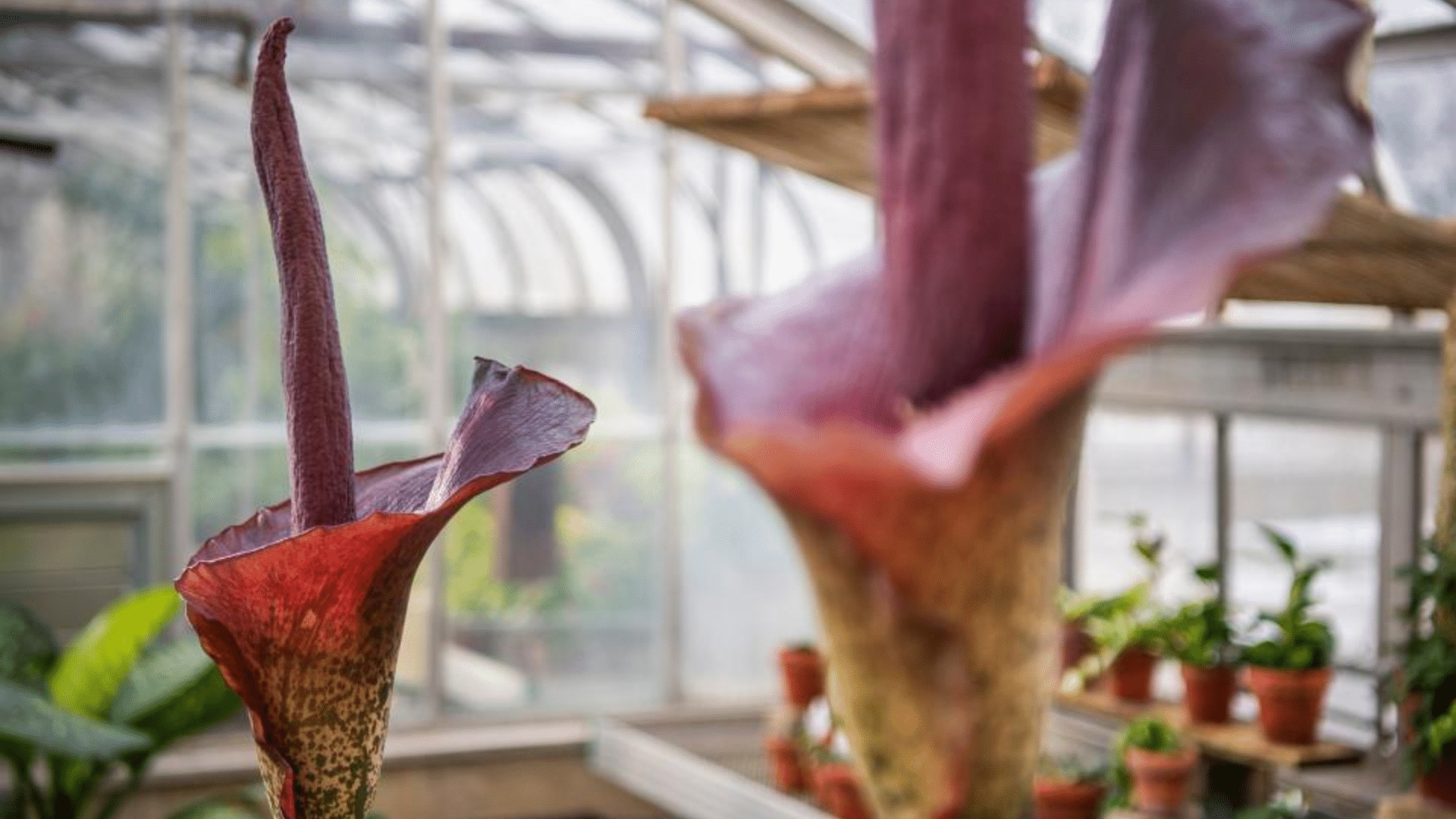
Devil’s Tongue is known for its dramatic, foul-smelling bloom and towering spadix, resembling a tropical torch. It’s rare and attracts curiosity.
Table:
| Attributes | Flower Details |
|---|---|
| Scientific Name | Amorphophallus konjac |
| Commonly Found Region | Southeast Asia |
| Blooming Period | Spring (rare, once every few years) |
| Symbolism | Rarity, mystery, transformation |
| Benefits | Edible tuber (konjac root), fiber source |
How to Plant Devil’s Tongue:
- Plant corms in well-drained, warm soil
- Choose partial shade to full sun
- Water moderately; increase during growth
- Store tubers indoors during cold season
Fun Fact: Though the flower smells awful, its tuber is processed into low-calorie noodles and jelly in Asian cuisine!
16. Dianthus
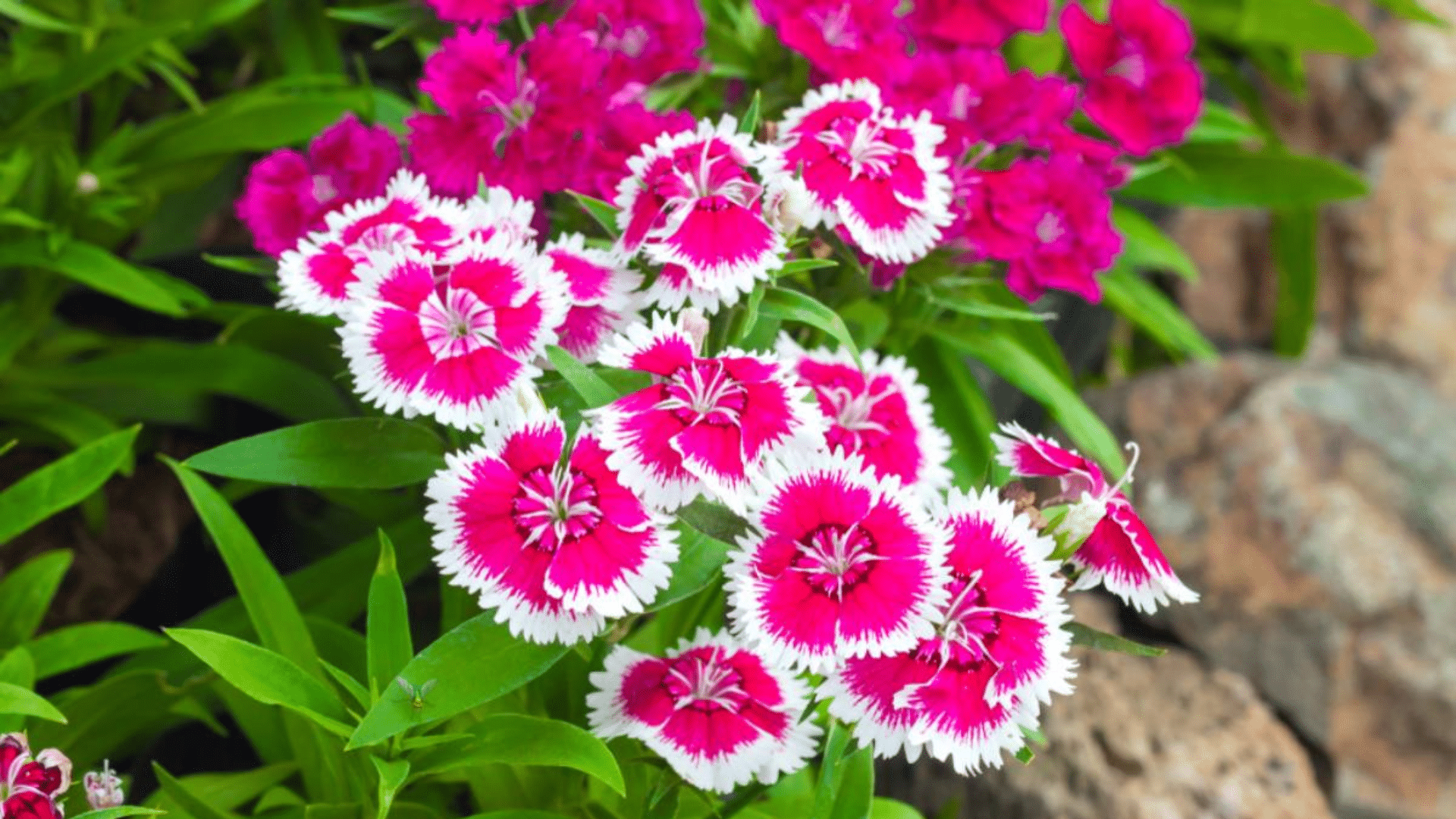
Dianthus, often called “pinks” or “carnations,” are fragrant flowers with frilly, often bi-colored petals. They are long-lasting in gardens and bouquets alike.
| Attributes | Flower Details |
|---|---|
| Scientific Name | Dianthus spp. |
| Commonly Found Region | Europe, Asia, North America |
| Blooming Period | Late spring to summer |
| Symbolism | Love, admiration, affection |
| Benefits | Edible petals, pollinator-friendly |
How to Plant Dianthus:
- Choose well-drained soil and full sun
- Start from seeds or transplants in spring
- Deadhead to promote more blooms
- Water at the base to avoid foliage disease
Fun Fact: The name “Dianthus” comes from the Greek words for “divine flower.”
17. Devil’s Claw
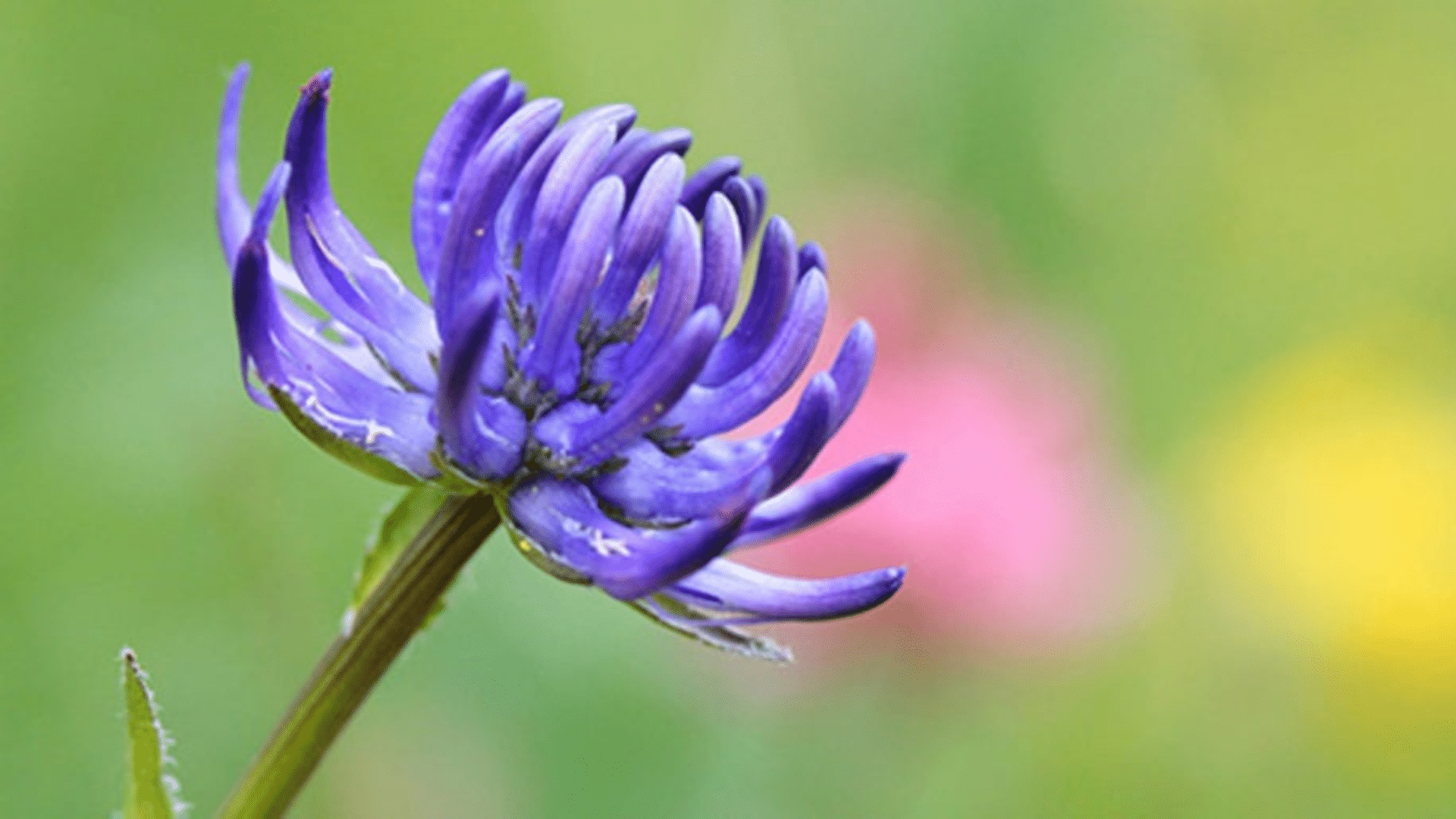
Devil’s Claw is a desert wildflower known for its unique, claw-shaped seed pods and large, pink-to-white blooms. It’s used in herbal remedies and native crafts.
Table:
| Attributes | Flower Details |
|---|---|
| Scientific Name | Proboscidea parviflora |
| Commonly Found Region | Southwestern United States, Mexico |
| Blooming Period | Summer |
| Symbolism | Protection, mysticism, desert survival |
| Benefits | Used in pain relief, traditional fiber crafts |
How to Plant Devil’s Claw:
- Plant seeds in sandy, well-drained soil after last frost
- Full sun and warm temperatures preferred
- Water moderately until established
- Allow seed pods to dry fully before harvesting
Fun Fact: Native American tribes use the dried claws to weave baskets and other crafts!
18. Dog Rose
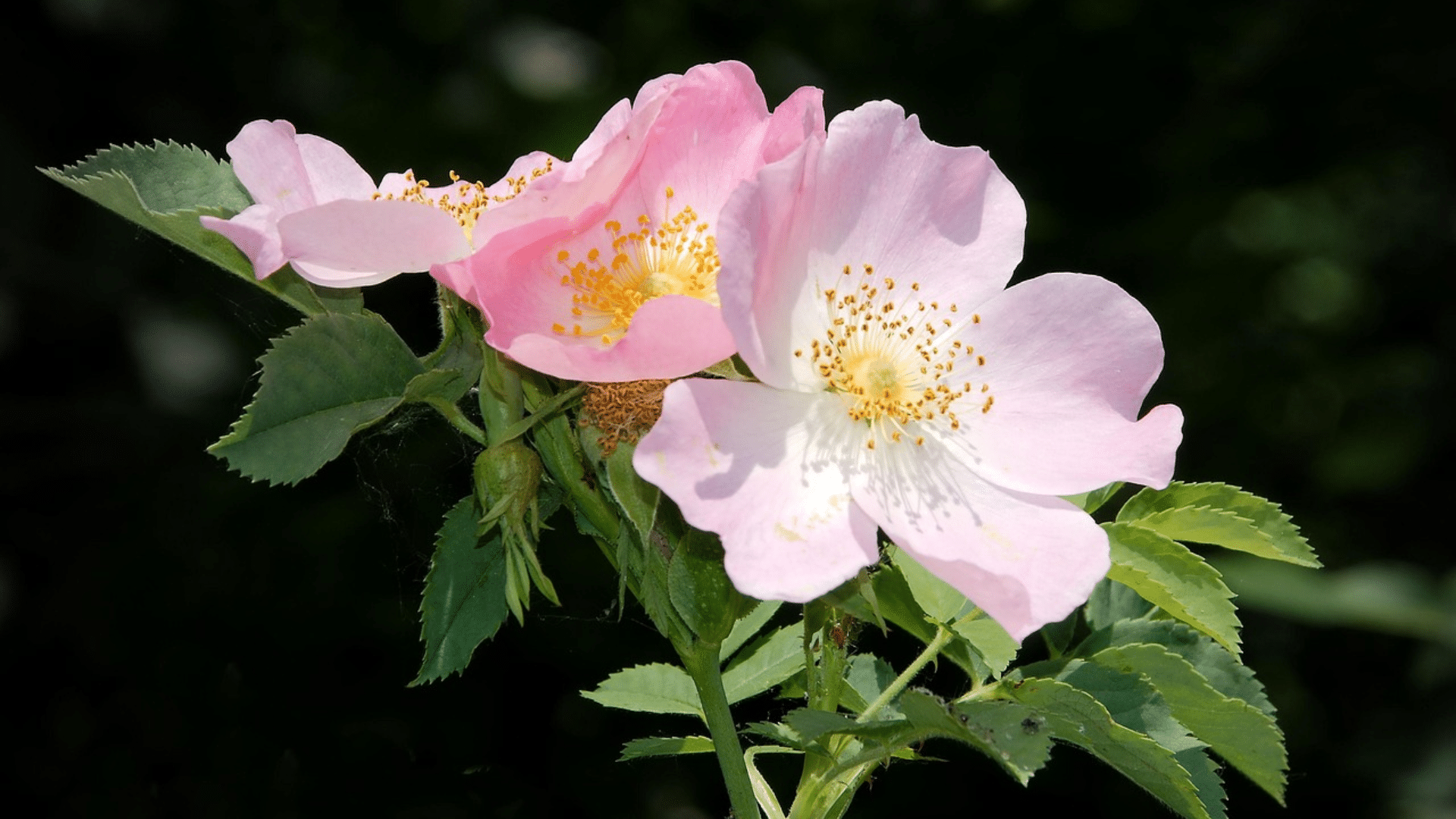
Dog Rose is a wild climbing rose with delicate pink or white flowers and bright red hips in fall. It grows freely in hedgerows and supports wildlife.
| Attributes | Flower Details |
|---|---|
| Scientific Name | Rosa canina |
| Commonly Found Region | Europe, Northwest Africa, Western Asia |
| Blooming Period | Late spring to mid-summer |
| Symbolism | Love, protection, healing |
| Benefits | Vitamin-rich rose hips, medicinal uses |
How to Plant a Dog Rose:
- Choose a sunny location with loamy soil
- Space well to allow climbing or spreading
- Water regularly during early growth
- Prune after flowering to maintain shape
Fun Fact: Dog Rose hips have more Vitamin C than oranges and were used in WWII as a supplement!
19. Dotted Blazing Star
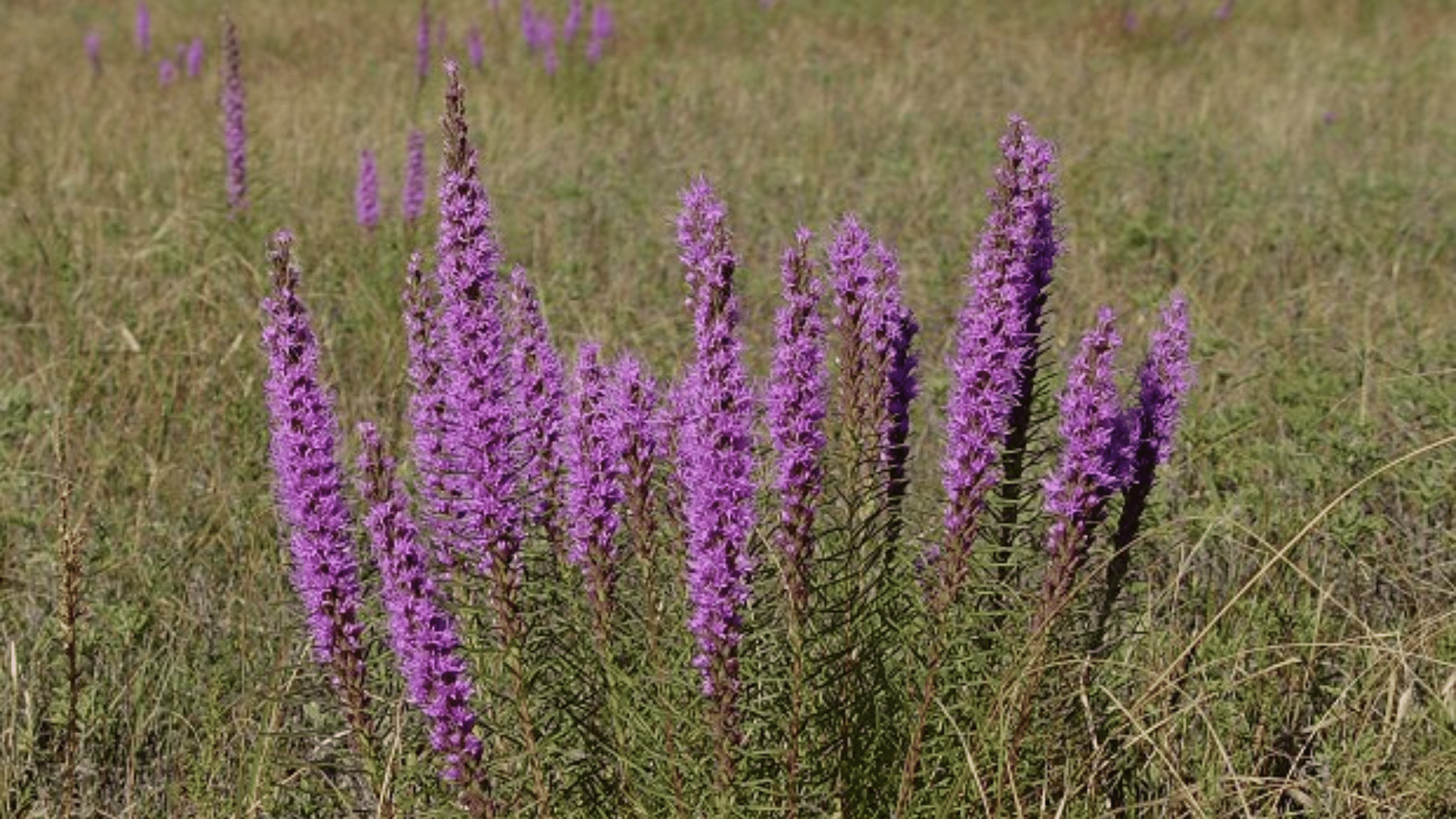
This prairie-native perennial showcases tall, purple spikes dotted with fuzzy blooms, attracting bees and butterflies alike. It thrives in sunny, open spaces.
| Attributes | Flower Details |
|---|---|
| Scientific Name | Liatris punctata |
| Commonly Found Region | Central and Western North America |
| Blooming Period | Mid to late summer |
| Symbolism | Strength, endurance, pride |
| Benefits | Drought tolerant, pollinator magnet |
How to Plant Dotted Blazing Star:
- Plant in full sun and sandy, dry soil
- Sow seeds in fall or use root divisions
- Water sparingly once established
- Deadhead to prevent self-seeding if desired
Fun Fact: Its deep taproot can reach up to 15 feet, helping it survive extreme drought!
20. Desert Lily
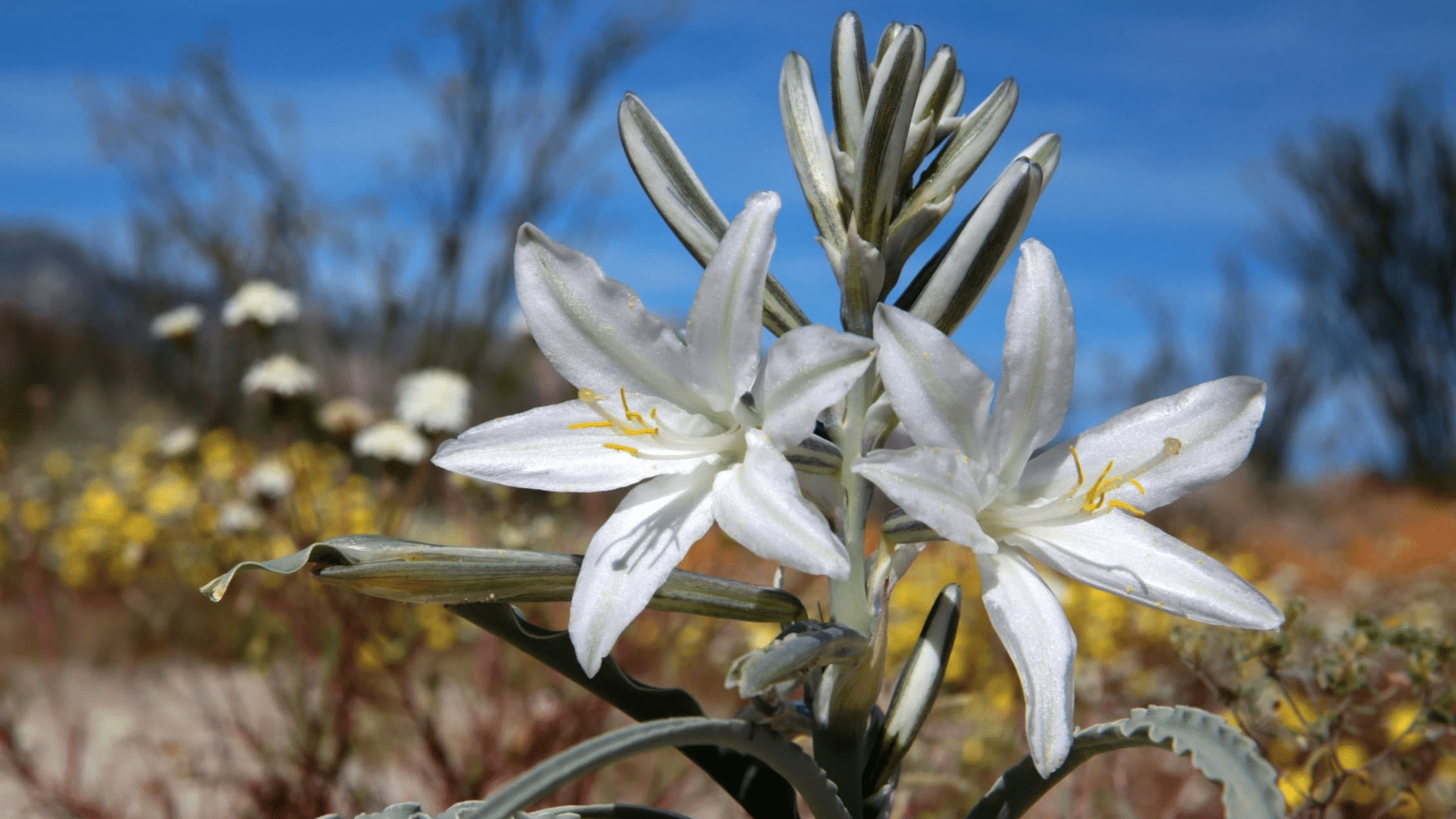
The Desert Lily blooms like a true beauty amid barren lands, producing white, trumpet-shaped flowers with a sweet fragrance after winter rains.
| Attributes | Flower Details |
|---|---|
| Scientific Name | Hesperocallis undulata |
| Commonly Found Region | Southwestern United States, Baja California |
| Blooming Period | Late winter to early spring |
| Symbolism | Hope, perseverance, and grace in hardship |
| Benefits | Xeriscape use, early pollinator support |
How to Plant a Desert Lily:
- Plant bulbs in sandy, well-drained soil
- Requires full sun and minimal watering
- Best sown in fall for spring blooming
- Do not disturb natural desert habitats when cultivating
Fun Fact: Though called a lily, it’s more closely related to agave than true lilies!
Some Other Not-So-Known Flowers that Start with D Around the World
Beyond the familiar daisies and daffodils lies a fascinating variety of flowers with unique characteristics, cultural significance, and striking beauty. Take a look at this delightful list of rare flowers that start with D below – you might just find a new favorite!
21. Downy Lobelia
22. Dragon’s Head
23. Desert Poppy
24. Drummond Phlox
25. Dwarf Iris
26. Dwarf Snapdragon
27. Dwarf Columbine
28. Dwarf Morning Glory
29. Dwarf Sunflower
30. Dwarf Crested Iris
31. Dwarf Coreopsis
32. Dwarf Baby’s Breath
33. Dutchman’s Pipe Cactus
34. Dwarf Carnation
35. Dwarf Zinnia
36. Desert Five-Spot
37. Dwarf Bleeding Heart
38. Dutch Hyacinth
39. Devil’s Walking Stick
40. Desert Candles
41. Dragon Arum
42. Dwarf Heliotrope
43. Dwarf Pansy
44. Dwarf Mallow
45. Dwarf Tithonia
46. Dwarf Nandina
47. Dwarf Rose of Sharon
48. Dwarf Petunia
49. Double Tulip
50. Dwarf Goldenrod
51. Dwarf Bellflower
52. Dutch Clover
53. Dwarf Jacob’s Ladder
54. Dwarf Aster
55. Drumstick Primula
56. Dwarf White Snapdragon
57. Dwarf Campanula
58. Dwarf Azalea
59. Dwarf Marigold
60. Desert Globemallow
61. Dwarf Balsam
62. Dwarf Blue Delphinium
63. Dwarf Bachelor’s Button
64. Dwarf Lobelia
65. Dragon Lily
66. Devil’s Paintbrush
67. Desert Lavender
68. Dwarf Flax
69. Dutch Anemone
70. Dwarf Catchfly
71. Dwarf Gentian
72. Dwarf Hibiscus
73. Dwarf Larkspur
74. Dwarf Monkshood
75. Dwarf Rue
76. Dwarf Sweet William
77. Dwarf Verbena
78. Dwarf Wallflower
79. Dwarf Yarrow
80. Desert Mallow
81. Dwarf Fuchsia
82. Dwarf Columbine ‘Little Lanterns’
83. Dwarf Solomon’s Seal
84. Devil’s Bit Scabious
85. Desert Chicory
86. Dwarf Love-in-a-Mist
87. Desert Willow Flower
Wrapping It Up
The world of D-named flowers offers remarkable variety for any garden. From the familiar daffodil to the less common desert candle, these 87 blooms can add color and life to your outdoor spaces.
What makes these flowers special isn’t just their first letter; it’s their ability to suit different growing conditions, bloom times, and garden styles. By mixing several D-flowers in your garden, you can create visual interest throughout the seasons.
Ready to try some of these beautiful blooms? Start with one or two varieties that match your climate and garden conditions. Take notes on what works best, and expand your collection over time.
Have you grown any flowers that start with D? Share your experiences in the comments below! Which one is your favourite?


